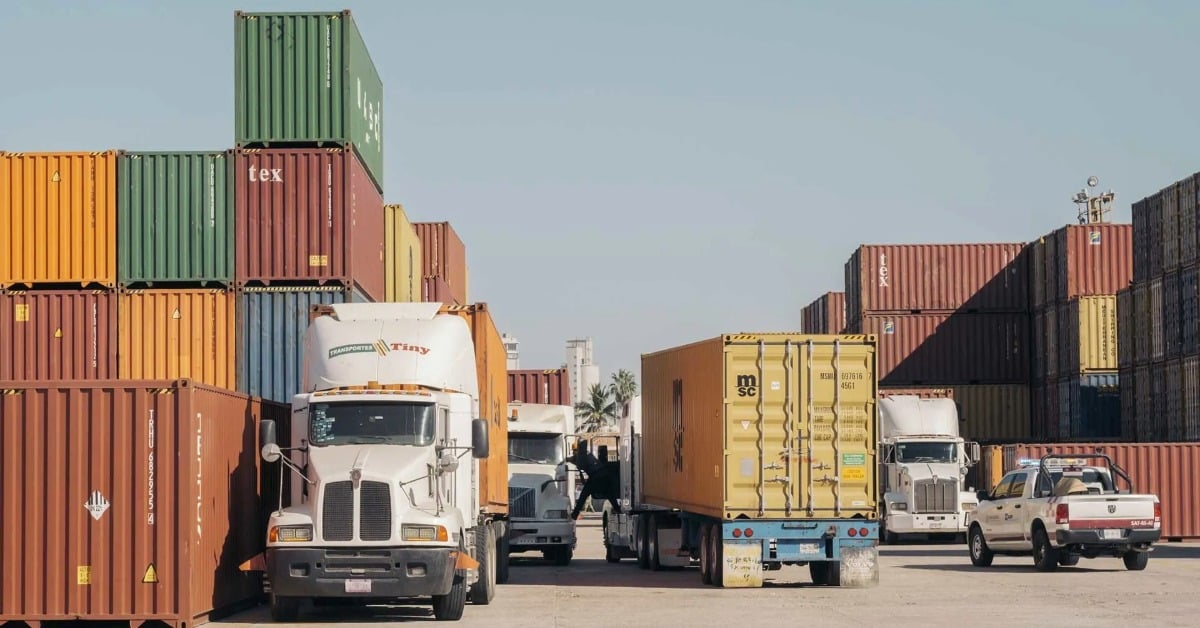Mexico exported $264.38 billion to the U.S. in early 2025, its highest total ever, driven by strong demand and nearshoring trends . . .

Mexico exported $264.38 billion to the U.S. in early 2025, its highest total ever, driven by strong demand and nearshoring trends . . .
